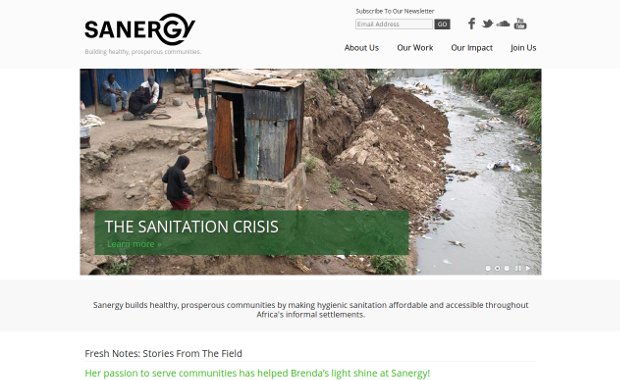2.5 billion people lack access to hygienic sanitation. Inadequate and unhygienic sanitation is the second largest cause of disease in the world. It leads to contaminated waterways and food supply, as well as infections like diarrhea, caused by direct contact with human waste. Diarrheal disease kills nearly 1.6 million children each year. Children under age 5 suffer more from diarrheal diseases than HIV/AIDS, malaria, and tuberculosis combined. This effects not only individual families, but entire economies. Developing countries lose ~2% of GDP each year due to lost worker productivity from sanitation-related diseases. The problem is particularly acute in slums, where over 1 billion people live. By 2030, this population will double to over 2 billion people worldwide. The high population density in slums, combined with the lack of physical space, infrastructure, and resources exacerbates the sanitation crisis. Kenya’s 8 million slum residents are forced to rely on unsanitary options such as “flying toilets” (defecating into plastic bags that are then tossed onto the streets) and pit latrines that release untreated human waste into the environment. Sanergy designs and manufactures low-cost, high-quality sanitation facilities. Developed by their engineers, the Fresh Life Toilet is pre-fabricated at their local workshop.  Website: http://saner.gy/
Website: http://saner.gy/
Sanitation in urban slums
![]()
STAY IN TOUCH
SUBSCRIBE TO OUR NEWSLETTER
AND RECEIVE OUR LATEST STORIES
OLBIOS NETWORK FOR ACTION










